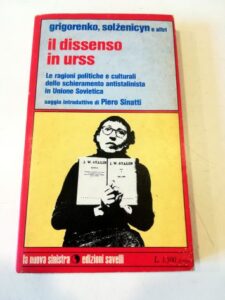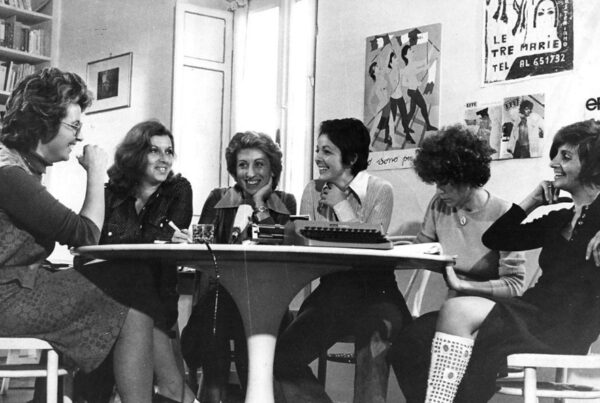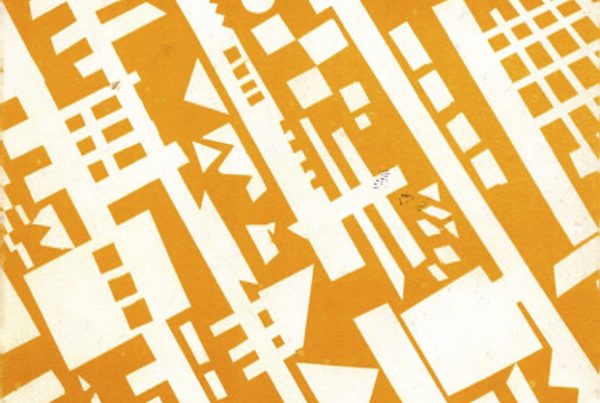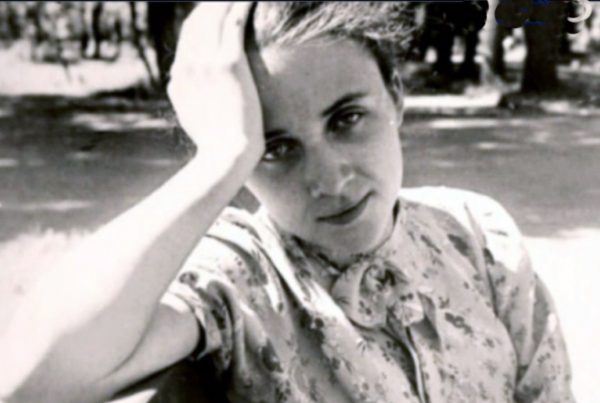Livorno

Cover. Grigorenko, Solzhenitsyn et alii, Dissent in the USSR, edited by P. Sinatti, Rome 1974.
From the 1970s Piero Sinatti was a leading figure in disseminating dissenting Soviet voices in Italy. He first became interested in non-official Soviet culture at the end of the 1960s (cf. Ce n’est qu’un debut continuons le combat. Movimento del ventidue marzo (This is only the beginning, the fight continues, The Movement of the 22nd March) (1969), while his first important contribution to analysing the phenomenon of Soviet dissent was in the anthology of texts, Il dissenso in URSS. Le ragioni politiche e culturali dello schieramento antistalinista in Unione Sovietica (Dissent in the USSR. The Political and Cultural Motivations of Anti-Stalinism in the Soviet Union) (cf. Sinatti 1974).
The collection included essays and letters by authors such as Aleksandr Solzhenitsyn, Pëtr Grigorenko, Iulii Daniėl’ and Anatolii Marchenko, with an introduction by Sinatti which denounced the crimes and terror of the Stalin era, the ambiguity of Khrushchëv and the unquestioning faith of the Italian Communist Party had in the CPSU which made it incapable of appreciating literature produced and circulated clandestinely that described the dark side of Soviet society. Sinatti’s criticism was fuelled by a left-wing militancy that looked favourably on Aleksander Dubchek’s ‘socialism with a human face’. In his introduction Sinatti underlined the importance of engaging in dialogue with the Soviet intelligentsia which had been subjected to censorship and repression (he cited among others Pasternak and Solzhenitsyn), and whose fate was anything but irrelevant to the “Italian working class” (Sinatti 1974b: 10); indeed, exchange with Soviet intellectuals would bring opportunities for focusing on the founding principles of socialism and defending the fundamental rights of individuals.
In the wake of the opinions openly expressed in the introduction to Dissenso in URSS in 1974, in 1976 Sinatti brought the work of the censored Soviet writer, Varlam Shalamov, to the attention of the Italian public, translating for the first time several stories describing the reality of Soviet Gulags in Racconti di Kolyma (Kolyma: trenta racconti dai lager staliniani, Savelli, Roma; Kolyma Tales, Kolyma: thirty tales of Stalin’s lagers). A short time later he worked on translations for the samizdat newspaper Khronika tekushchikh sobytii (cf. Sinatti 1978), a key publication in counterbalancing the line of the official Soviet press in which stories were heavily censored, distorted or falsified by the authorities. The paper carried stories on trials against writers and human rights campaigners (the movement for the defence of human rights in the USSR was fledging in these years) as well as on the violation of civil liberty in the USSR and Czechoslovakia, especially Soviet repression of the Prague Spring in 1968.
From the early 1980s to the dissolution of the USSR, Sinatti wrote for the Sunday edition of “Il Sole 24 Ore” (“Domenica del Sole 24 Ore”) and continues to write for the paper today; his essays and reviews document social-political changes (perestroika) and discuss authors such as Iosif Brodskii, the already mentioned Shalamov and academics such as Vittorio Strada.
In the article Tre dissidenti un’arma sola: dire la verità (Three dissidents, only one weapon: telling the truth) (cf. Sinatti 1989) Sinatti uses two newly published translations of Russian narrative and a work on the situation in Hungary to reflect on the fundamental errors of the Soviet system. The texts reviewed in the article were Grigio è il colore della speranza (Grey is the colour of hope) (Rizzoli Editore 1989), a memoir of imprisonment in Soviet lagers in the 1980s by the Ukrainian poet Irina Ratushinskaia; La Russia della perestrojka (Russia under Perestroika) by Roi Medvedev (Sansoni, Firenze 1988) and Miklós Vàsàrhelyi, la rivoluzione ungherese, Imre Nagy e la sinistra (Miklós Vàsàrhelyi, the Hungarian Revolution, Imre Nagy and the Left) edited by Federigo Argentieri (Valerio Levi Editore, Roma 1988). Although the texts are dissimilar and were written in different times and places, Sinatti writes that “they express with the same intensity both the profound sense of the historical tragedy that was the reality of socialism and hope for radical change that is not only political, social and economic but also ethical and human” (Sinatti 1989). For Sinatti, the common thread running through the texts is a desire to search for and tell the “highest and most profound human and political truths” (ibid.) and show the true face of the repressive Soviet system.
Sinatti continues to work as a journalist, collaborating with “Il Sole 24 ore”, Rai News 24 and Radio television in Italian Switzerland in Lugano. He has written articles and essays for the magazines “Affari Esteri”, “Limes” and “Testimonianze e Sapere”. He is also co-founder and member of the Scientific Council of the Centre for Eastern European Studies (Csseo) in Levico (Trento).
Giuseppina Larocca
[30th June 2021]
Translation by Tammy Corkish
Bibliography (1969-1991)
- Ce n’est qu’un debut continuons le combat. Movimento del ventidue marzo, italian translation by Piero Sinatti, presentation by Emile Copfermann, Samona e Savelli, Roma 1969.
- Sinatti P. (ed.), Il dissenso in URSS. Le ragioni politiche e culturali dello schieramento antistalinista in Unione Sovietica, Savelli, Roma 1974a.
- Id., Introduzione in Id. (ed.), Il dissenso in URSS. Le ragioni politiche e culturali dello schieramento antistalinista in Unione Sovietica, Savelli, Roma 1974b: 7-40.
- Id., Il dissenso in URSS nell’epoca di Breznev: antologia della “Cronaca degli avvenimenti correnti”, Vallecchi, Firenze 1978.
- Id., Vita e cultura della Russia in battaglia contro l’URSS, “Domenica del Sole 24 ore”, 3.11.1985: 12.
- Id., Dimenticare San Pietroburgo, “Domenica del Sole 24 ore”, 1.11.1987: 22.
- Id., Fu amato da Pasternak lo storico del gulag, “Domenica del Sole 24 ore”, 7.08.1988: 15.
- Id., Tre dissidenti un’arma sola, “Domenica del Sole 24 ore”, 4.06.1989: 18.
- Id., Lo strano racconto di Gorby sul golpe, “Domenica del Sole 24 ore”, 10.11.1991: 22.
- Id., Divino Socialismo, oppio dei letterati, “Domenica del Sole 24 ore”, 7.04.1991: 20.
- Id., Quei complici di Stalin fra testimoni e vittime, “Domenica del Sole 24 ore”, 14.07.1991: 18.
- Šalamov V., Kolyma: trenta racconti dai lager staliniani, introduction and edited by P. Sinatti, Savelli, Roma 1976.
To cite this article:
Giuseppina Larocca, Piero Sinatti, in Voci libere in URSS. Letteratura, pensiero, arti indipendenti in Unione Sovietica e gli echi in Occidente (1953-1991), a cura di C. Pieralli, M. Sabbatini, Firenze University Press, Firenze 2021-, <vocilibereurss.fupress.net>.
eISBN 978-88-5518-463-2
© 2021 Author(s)
Content license: CC BY 4.0





